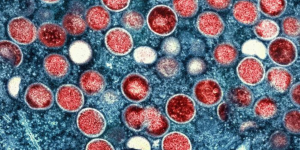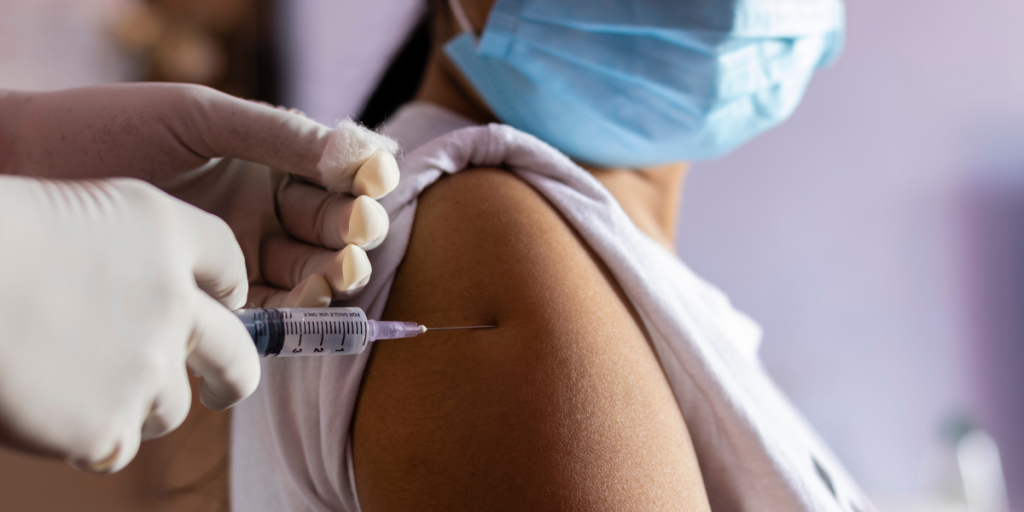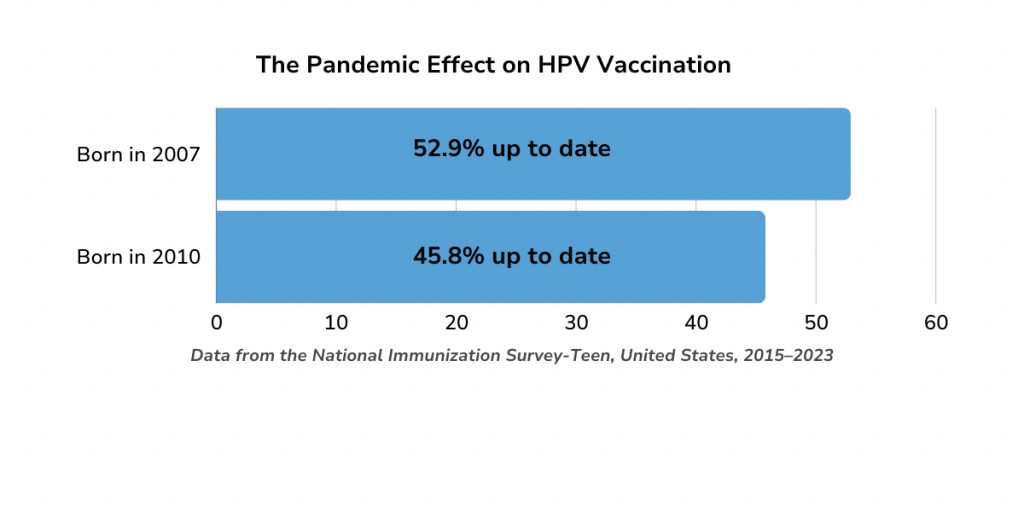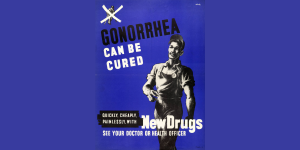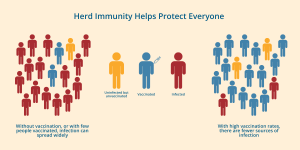For the second year in a row, HPV vaccination rates among teens have not gone up according to the Centers for Disease Control and Prevention (CDC). The new report looked at health records for young people ages 13 to 17, as well as surveys of their families and health care providers. The authors analyzed data on all recommended vaccines for this age group to determine what percentage of young people are covered.
The HPV Vaccine—What is Does and Who It’s For
The HPV vaccine protects against nine types of HPV. This includes seven “high-risk” types associated with cervical cancer as well as cancer of the vagina, vulva, and anus. In the U.S., HPV infections are estimated to cause about 37,300 cases of cancer each year. HPV vaccination can prevent over 90% of these cancers from ever developing.
The HPV vaccine is part of recommended vaccinations given to adolescents at age 11-12, though it can be given as early as age 9. The vaccine is recommended for all adolescents regardless of biological sex or gender. Young people between ages 9 and 14 only need two doses of the HPV vaccine. Those who get the vaccine after age 15 must get three doses.
Fewer Teens are Up to Date on Vaccines
The new CDC report notes both the percentage of young people who got one dose of the vaccine and those who are “up to date,” meaning they had two or three doses depending on age.
In 2023, 76.8% of adolescents ages 13 to 17 years had received at least one dose of the HPV vaccine and 61.4% were fully up to date on the vaccine series. This was similar to the rates in 2022 when 76% of teen 13 to 17 had received at least one dose and 62.6% were up to date.
Before that, however, rates had increased every year since 2013. The report’s authors did additional analysis to help determine what’s behind this trend.
The Pandemic Effect
We know that the health care was interrupted during the pandemic. Many people missed routine medical care because offices were shut down.
In an effort to understand the effect of the pandemic on vaccine coverage, researchers compared data from young people born in 2008, 2009, and 2010 to that of those born in 2007 who were of an age (17) that they should have received these vaccines before the pandemic.
At age 13, kids born in 2008 (who should have been vaccinated during the height of the pandemic) were less likely to have gotten their HPV shots (as well as other vaccines) than those kids born the year before. Even at 14 and 15 their vaccine coverage remained lower than kids born in 2007.
Routine vaccination rates seem to have recovered quickly post-pandemic. Young people born in 2009 and 2010, who would have been scheduled to get these shots after the pandemic, had similar coverage rates to those born in 2007. There was one notable difference, however: the percentage of adolescents born in 2010 who were up to date on their HPV shots as of last year was 7.1 percentage points lower than among those born in 2007.
